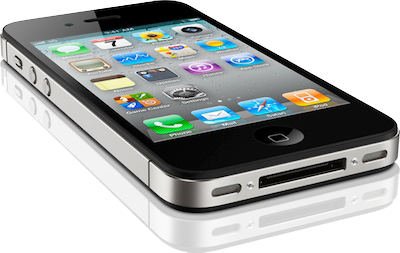Apple rumored to have cut CDMA iPhone 4 orders by half as sales slow
According to a report by DigiTimes, iPhone 4 assembler Pegatron this week reported a net losses of NT$559 million (US$19.38 million) for the first quarter of 2011 with per-share earnings of negative NT$0.25 and gross margin of only 1.8%, all historical lows.
The results are said to have surprised market watchers, who were initially bullish on the manufacturer's performance in 2011 after it landed orders to produce the CDMA iPhone 4 for Apple. Looking forward, those market watchers are said to be "turning conservative about CDMA iPhone 4 shipments in the future as volumes may not be as strong as expected."
Specifically, the report claims that Pegatron originally expected to ship 10 million CDMA iPhone 4s to Apple in 2011, but "sources from upstream component makers pointed out that Apple's orders already saw a significant reduction and the volume is estimated to drop to only five million units."
For its part, Apple is believed to have already assembled and shipped more than 3 million CDMA iPhone 4s during the first calendar quarter of 2011, 2.2 million of which were activated by Verizon and another million or so that went to fill the channel or were purchased and exported unactivated.
Assuming DigiTime's latest report is accurate, it would suggest Apple only plans to sell roughly 1 million units per quarter for the next two quarters before it introduces a universal iPhone 5 around the fourth quarter of 2011 that will be capable of running on both CDMA and GSM networks.
Though much excitement in the consumer space proceeded this January's launch of the CDMA iPhone on Verizon's network, demand for the device is believed to have quickly trailed off due to a number of factors, including initial reviews that placed the speed of the carrier's 3G network well behind that of rival AT&T's.
Consumers are also believed to have seen less of a value proposition in the initial Verizon device, which arrived with a design and feature set nearly identical to the existing iPhone 4 for GSM networks, which history would suggest is nearing the final stretch of its life-cycle.
Add to that weeks of rumors of an all new, universal iPhone 5 heading to manufacturing this September, and it may be safe to presume that the best days for sales of CDMA-capable iPhones are yet to come.
 Slash Lane
Slash Lane














 Amber Neely
Amber Neely
 Thomas Sibilly
Thomas Sibilly
 AppleInsider Staff
AppleInsider Staff
 William Gallagher
William Gallagher
 Malcolm Owen
Malcolm Owen
 Christine McKee
Christine McKee










32 Comments
Sales of Apple's CDMA-based iPhone, which made its debut on Verizon earlier this year, have reportedly eased considerably following initial pent-up demand, prompting the company to halve its production of the device for the remainder of 2010.
2010? I guess that's a typo!
I can't imagine anyone doing business with Verizon if don't have too.
I for one didn't want to downgrade to voice or data, I like having the ability to do both!
why is everyone treating the Sept-release as a fact?
DigiTimes is not a credible news source so I wouldn't assume anything they write is accurate.